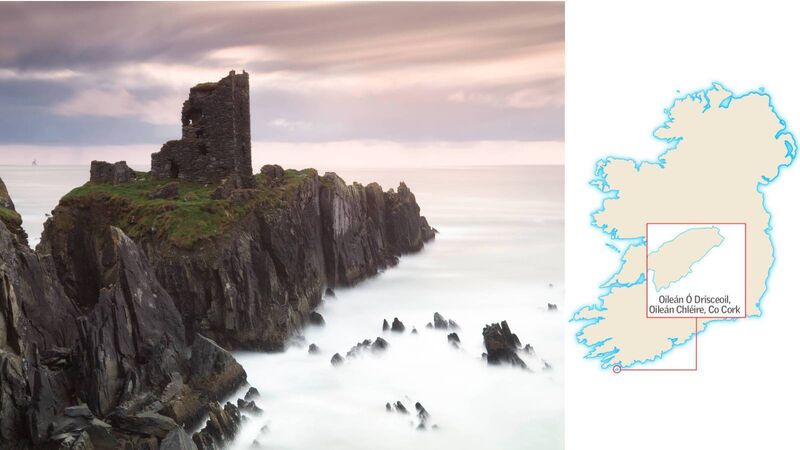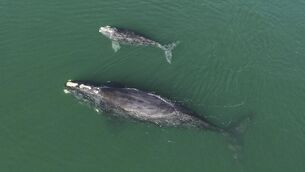Islands of Ireland: Crumbling castle on the island with no name

Islands of Ireland: Oileán Ó Drisceoil, Oileán Chléire, Cork
Of all our spectacularly sited castles or tower houses (Carrigadrohid on the River Lee, the Rock of Cashel in Co Tipperary) Dún an Óir is possibly the cream of the crop. It was built in the mid-16th century on a small promontory but the intervening centuries have seen it cut off from the island of Oileán Chléire.
: Ferry from Baltimore or Schull to Oileán Chléire. Doonanore is a 10-minute walk from the pier in a northwesterly direction
: castlestudiestrust.org, Archaeology.ie








